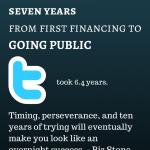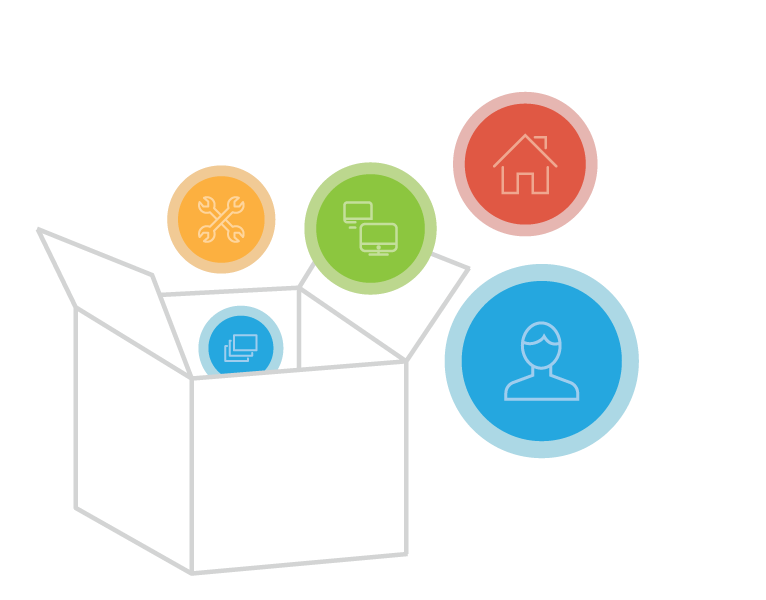Python List Comprehension: An Intro and 5 Learning Tips
Python list comprehension: an introduction and 5 great tips to learn
Python list comprehension empowers you to do something productive with code. This applies even if you’re a total code newbie. At code(love), we’re all about teaching you how to code and embrace the future, but you should never use technology just for its own sake.
Python list comprehension allows you to do something useful with code by filtering out certain values you don’t need in your data and changing lists of data to other lists that fit specifications you design. Python list comprehension can be very useful and it has many real-world applications: it is technology that can add value to your work and your day-to-day.
To start off, let’s talk a bit more about Python lists. A Python list is an organized collection of data. It’s perhaps easiest to think of programming as, among other things, the manipulation of data with certain rules. Lists simply arrange your data so that you can access them in an ordered fashion.
Let’s create a simple list of numbers in Python.
numbers = [5,34,324,123,54,5,3,12,123,657,43,23]
print (numbers)
You can see that we have all of the values we put into the variable numbers neatly arranged and accessible at any time. In fact, we can access say, the fifth variable in this list (54) at any time with Python list notation, or we can access the first 5 and last 5 values in the list.
print(numbers[:5]); print(numbers[-5:]); print(numbers[4])
If you want to learn more about how to work with Python lists, here is the official Python documentation and an interactive tutorial from Learn Python to help you play with Python lists.
Python list comprehensions are a way to condense Python for loops into lists so that you apply a formula to each value in the old list to create a new one. In other words, you loop a formula or a set of formulae to create a new list from an old one.
What can Python list comprehensions do for you?
Here’s a simple example where we filter out exactly which values in our numbers list are below 100. We start by applying the [ bracket, then add the formula we want to apply (x < 100) and the values we want to apply it to for (x in numbers -> numbers being the list we just defined). Then we close with a final ] bracket.
lessthan100 = [x < 100 for x in numbers]
print (lessthan100)
See how everything above 100 now gives you the value FALSE?
Now we can only display which values are below 100 in our list and filter out the rest with an if filter implemented in the next, which is followed by the if trigger.
lessthan100values = [x for x in numbers if x < 100]
print(lessthan100values)
We can do all sorts of things with a list of numbers with Python list comprehension.
We can add 2 to every value in the numbers list with Python list comprehension.
plus2 = [x + 2 for x in numbers]
print (plus2)
We can multiply every value by 2 in the numbers list with Python list comprehension.
multiply2 = [x * 2 for x in numbers]
print(multiply2)
And this isn’t just restricted to numbers: we can play with all kinds of data types such as strings of words as well. Let’s say we wanted to create a list of capitalized words in a string for the sentence “I love programming.”
codelove = "i love programming".split()
codelovecaps = [x.upper() for x in codelove]
print(codelove); print(codelovecaps)
Hopefully by now, you can grasp the power of Python list comprehension and how useful it can be. Here are 5 tips to get you started on learning and playing with data with Python list comprehensions.
1) Have the right Python environment set up for quick iteration
When you’re playing with Python data and building a Python list comprehension, it can be hard to see what’s going on with the standard Python interpreter. I recommend checking out iPython Notebook: all of the examples in this post are written in it. This allows you to quickly print out and change list comprehensions on the fly. You can check out more tips on how to get the right Python setup with my list of 11 great resources to learn and work in Python.
2) Understand how Python data structures work
In order for you to really work with Python list comprehensions, you should understand how data structures work in Python. In other words, you should know how to play with your data before you do anything with it. The official documentation on the Python website for how you can work with data in Python is here. You can also refer again to our resources on Python.
3) Have real-world data to play with
I cannot stress enough that while a Python list comprehension is useful even with pretend examples, you’ll never really understand how to work with them and get things done until you have a real-world problem that requires list comprehensions to solve.
Many of you came to this post with something you thought list comprehensions could solve: that doesn’t apply to you. If you’re one of those people who are looking to get ahead and learn without a pressing problem, do look at public datasets filled with interesting data. There’s even a subreddit filled with them!
4) Understand how to use conditionals in list comprehensions
One of the most powerful applications of Python list comprehensions is the ability to be able to selectively apply different treatments to different values in a list of values. We saw some of that power in some of our first examples.
If you can use conditionals properly, you can filter out values from a list of data and selectively apply formulas of any kind to different values.
The logic for this real-life example comes to us from this blog post and Springboard’s Data Science Career Track.
Imagine you wanted to find every even power of 2 from 1 to 20.
In mathematical notation, this would look like the following:
A = {x² : x in {0 … 20}}
B = {x | x in A and x even}
square20 = [x ** 2 for x in range(21)]
print(square20)
evensquare20 = [x for x in square20 if x % 2 == 0]
print (evensquare20)
In this example, we first find every square power of the range of numbers from 1 to 20 with a list comprehension.
Then we can filter which ones are even by adding in a conditional that only returns TRUE for values that when divided by 2 return a remainder of 0 (even numbers, in other words).
We can then combine the two into one list comprehension.
square20combined = [x ** 2 for x in range(21) if x % 2 == 0]
print(square20combined)
Sometimes, it’s better not to do this if you want things to be more readable for your future self and any audience you’d like to share your code with, but it can be more efficient.
5) Understand how to nest list comprehensions in list comprehensions and manipulate lists with different chained expressions
The power of list comprehensions doesn’t stop at one level. You can nest list comprehensions within list comprehensions to make sure you chain multiple treatments and formulae to data easily.
At this point, it’s important to understand just what list comprehensions do again. Because they’re condensed for loops for lists, you can think about how combining outer and inner for loops together. If you’re not familiar with Python for loops, please read the following tutorial.
This real-life example is inspired from the following Python blog.
list = [(x,y) for x in range(1,10) for y in range(0,x)]
print(list)
If we were to represent this as a series of Python for loops instead, it might be easier to grasp the logic of a Python list comprehension. As we move from the outer loop to the inner loop, what happens is that for each x value from 1 to 9 (for x in range(1,10)), we print out a range of values from 0 to x.
for x in range(1,10):
for y in range(0,x):
print(x,y)
The chain of for loops we just went over has the exact same logic as our initial list comprehension. You’ll notice though that in a for loop, you will print seperate values while in a list comprehension it will produce a new list, which allows us to use Python list notation to play with the data.
With this in mind, you can make your code more efficient and easily manipulable with a Python list comprehension.










